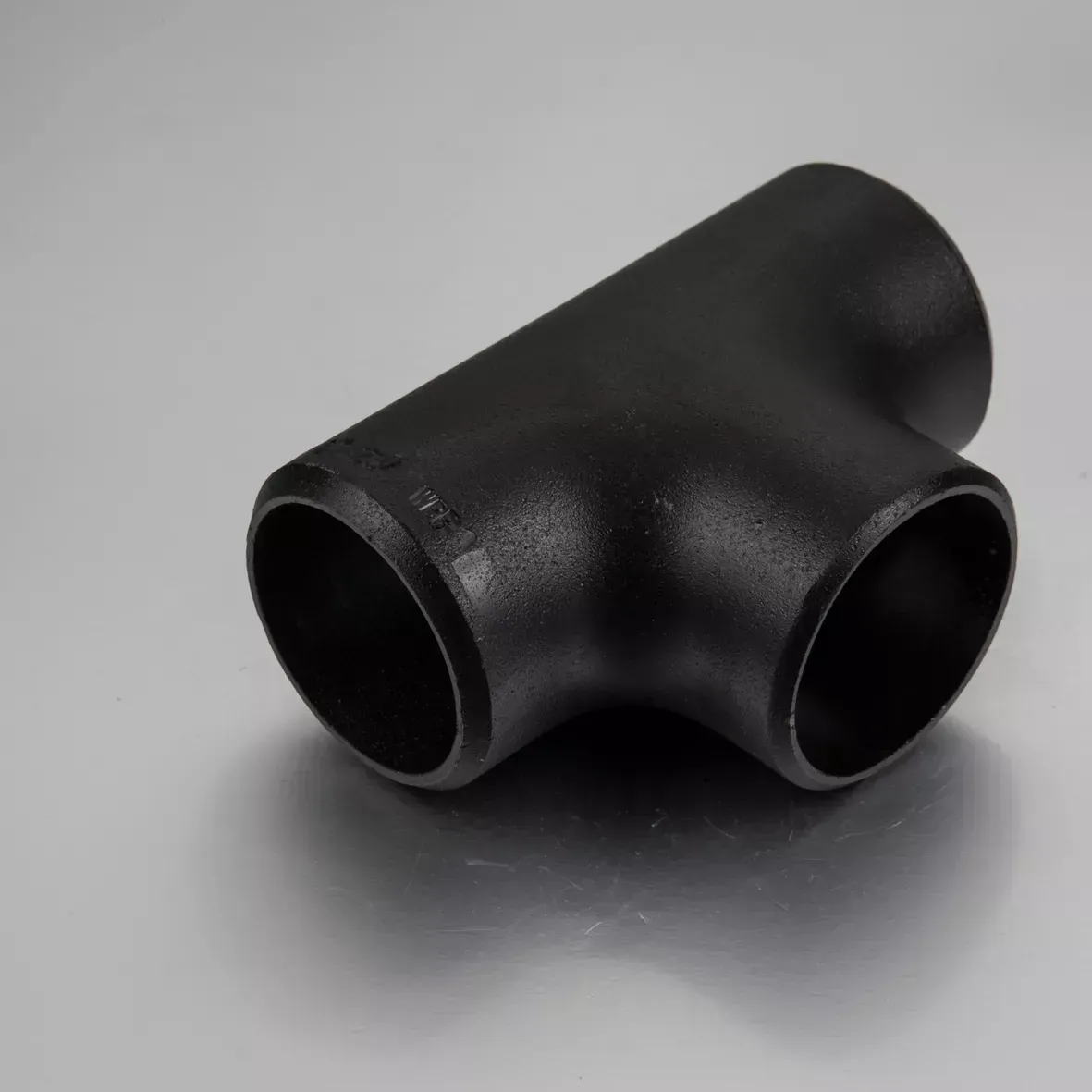-
Cangzhou Yulong Steel Co., Ltd.
-
Phone:
+86 13303177267 -
Email:
admin@ylsteelfittings.com
- English
- Arabic
- Italian
- Spanish
- Portuguese
- German
- kazakh
- Persian
- Greek
- French
- Russian
- Polish
- Thai
- Indonesian
- Vietnamese
- Zulu
- Korean
- Uzbek
- Hindi
- Serbian
- Malay
- Ukrainian
- Gujarati
- Haitian Creole
- hausa
- hawaiian
- Hebrew
- Miao
- Hungarian
- Icelandic
- igbo
- irish
- Japanese
- Javanese
- Kannada
- Khmer
- Rwandese
- Afrikaans
- Albanian
- Amharic
- Armenian
- Azerbaijani
- Basque
- Belarusian
- Bengali
- Bosnian
- Bulgarian
- Catalan
- Cebuano
- China
- China (Taiwan)
- Corsican
- Croatian
- Czech
- Danish
- Esperanto
- Estonian
- Finnish
- Frisian
- Galician
- Georgian
- Kurdish
- Kyrgyz
- Lao
- Latin
- Latvian
- Lithuanian
- Luxembourgish
- Macedonian
- Malgashi
- Malayalam
- Maltese
- Maori
- Marathi
- Mongolian
- Myanmar
- Nepali
- Norwegian
- Norwegian
- Occitan
- Pashto
- Dutch
- Punjabi
- Romanian
- Samoan
- Scottish Gaelic
- Sesotho
- Shona
- Sindhi
- Sinhala
- Slovak
- Slovenian
- Somali
- Sundanese
- Swahili
- Swedish
- Tagalog
- Tajik
- Tamil
- Tatar
- Telugu
- Turkish
- Turkmen
- Urdu
- Uighur
- Welsh
- Bantu
- Yiddish
- Yoruba

Oct . 04, 2024 17:13 Back to list
pipe to pipe weld
Understanding Pipe to Pipe Welds Techniques and Applications
Pipe to pipe welding is a critical process in various industries, including oil and gas, petrochemical, and water treatment. The ability to connect different sections of piping is essential for the integrity and efficiency of systems that transport fluids and gases. This article delves into the techniques, types, and significance of pipe to pipe welds.
Welding methods can vary depending on the materials used, the thickness of the pipes, and the intended application. The most common types of pipe welds include butt welds, socket welds, and lap welds. Butt welds are created by placing the ends of two pipes together, typically at a right angle, and welding them. This method is favored for its strength and ability to handle high pressure, making it the preferred choice for critical applications.
Socket welds involve inserting one pipe into another, then welding around the joint. This method is often used for smaller diameter pipes and in applications where space constraints limit the use of butt welds. Lap welds, on the other hand, are formed by overlapping the edges of two pipes and welding them together. Although they are less common in high-pressure applications, they can be suitable for certain low-pressure systems.
pipe to pipe weld

One of the most important aspects of pipe to pipe welding is ensuring proper alignment and fit-up of the pipes. Misalignment can lead to stress concentrations and potential failure in welded joints. Techniques such as using clamps, fixtures, or specialized tooling are often employed to achieve the precise alignment necessary for effective welding.
Weld quality is also paramount. The weld must be free from defects such as cracks, porosity, or incomplete fusion, which can compromise the integrity of the piping system. To ensure high-quality welds, welders often adhere to stringent standards set by organizations such as the American Welding Society (AWS) or the American Society of Mechanical Engineers (ASME). Non-destructive testing (NDT) methods, such as ultrasonic testing or radiographic inspection, are also employed to assess the quality of welds after completion.
The significance of pipe to pipe welds cannot be overstated. They play a crucial role in the safety and reliability of systems that transport critical resources. In industries like oil and gas, any failure in a pipeline can result in catastrophic consequences, emphasizing the need for meticulous attention to detail during the welding process.
In conclusion, pipe to pipe welding is an essential skill in the industrial sector, requiring a deep understanding of techniques, materials, and safety standards. As industries evolve, the methods and technologies involved in pipe welding are also advancing, ensuring continued innovation and safety in the vital infrastructure of our economy.
Latest news
-
ANSI 150P SS304 SO FLANGE
NewsFeb.14,2025
-
ASTM A333GR6 STEEL PIPE
NewsJan.20,2025
-
ANSI B16.5 WELDING NECK FLANGE
NewsJan.15,2026
-
ANSI B16.5 SLIP-ON FLANGE
NewsApr.19,2024
-
SABS 1123 FLANGE
NewsJan.15,2025
-
DIN86044 PLATE FLANGE
NewsApr.19,2024
-
DIN2527 BLIND FLANGE
NewsApr.12,2024
-
JIS B2311 Butt-Welding Fittings LR/SR 45°/90° /180°Seamless/Weld
NewsApr.23,2024











